From the April 2023 issue of Apollo. Preview and subscribe here.
The publication of what began in 1974 as Charles Hope’s doctoral dissertation represents the long-awaited culmination of a lifetime’s work and dedication both to the pre-eminence of Titian as one of the greatest artists of the Renaissance, and to the enduring relevance of documents as the foundation for any sound art-historical interpretation. It provides the most complete and comprehensive source of Titian documents to date. Hope’s contribution is an art-historical sourcebook in the same vein as John Shearman’s two-volume Raphael in Early Modern Sources (2003). However, the sheer quantity of extant material related to Titian far outstrips that for Raphael, as shown by this work’s six volumes, amounting to more than 3,000 pages.
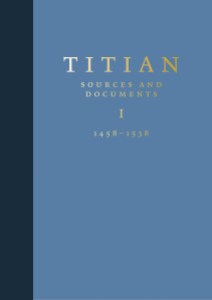
Cover of Titian. Sources and Documents by Charles Hope
Monumental in both scope and scale (it weighs just under a stone), this publication encompasses all the known primary and contemporary source material on the artist, reaching beyond Titian himself to include the entire Vecellio family, the patrons and associates of the artist’s wider intellectual and cultural network in Venice and elsewhere and, of course, his commissions and art. The 70-odd page ‘Index of Persons and Works of Art’ functions as a key to the roles of and relationships between the hundreds of names cited; it also makes it clear why a family tree would have been an unwieldy addition.
Drawing on the work of previous scholars, the introductory volume provides a thorough overview of existing publications of Titian documents. While Hope is not the first to make these documents available, previous editions focused on a specific archival collection or a limited chronological span. Hope acknowledges this history, noting, for example, that Titian: His Life and Times (1877) by Joseph Archer Crowe and Giovanni Cavalcaselle was the first major compilation of documentary material of its kind and remained unsurpassed for almost a century.
Some of the most important primary sources, such as the biographical accounts published by Pietro Aretino (1538–57), Giorgio Vasari (1550; 1568), Lodovico Dolce (1557), Carlo Ridolfi (1648) and Marco Boschini (1660; 1664; 1674), were largely unquestioned by early critics and connoisseurs. This contributed to their persistent and, in many ways, distorting influence on the understanding of Titian’s career and artistic output for several subsequent generations. Hope’s scrupulous dedication to weeding out unfounded inferences and assumptions provides not only a corrective to repeated inaccuracies, but also a holistic reassessment of the character of Titian himself. For example, though often portrayed as a greedy old man, Titian was far from a 16th-century predecessor to Molière’s miser. Scholars have often used Titian’s correspondence to show that he constantly pestered his patrons for money. In reality, though, he sometimes waited more than two decades for recompense: he finally sent a memorandum of paintings for which he was awaiting payment from Philip II only five years before his death, and died before the bill was settled. As Lady Elizabeth Eastlake put it in 1878, Titian was, after all, ‘always sending good pictures after bad money’.
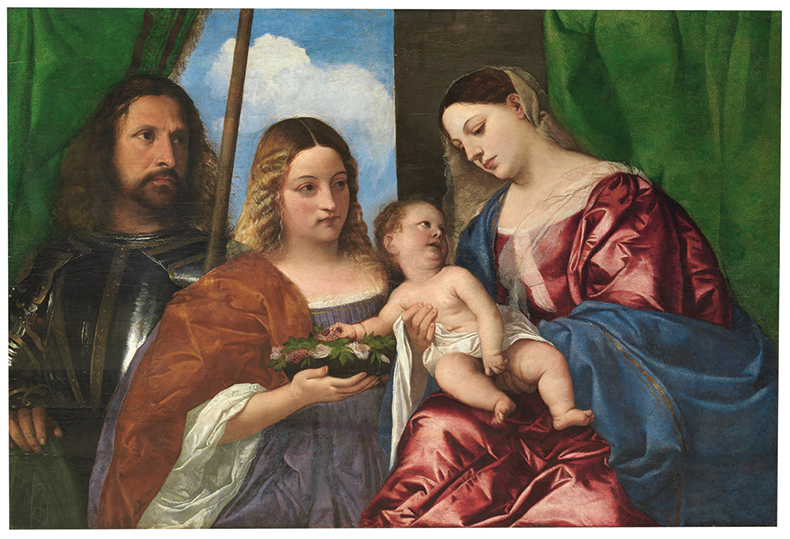
The Virgin and Child with Saints Dorothy and George (1515–18), Titian. Museo Nacional del Prado, Madrid
Hope has not only consulted existing published editions of the documentation, but has also painstakingly revisited the original sources, providing his own transcriptions with corrections to earlier versions, allowing no room for second-hand assumptions. These corrections can be minute, yet have incredible importance. Transcribing an ellipsis as it appears in the original text led Hope to be the first to realise that the famous Silvio – who, according to Vasari, outbid the king of Spain to acquire Titian’s Magdalen – was not a certain Silvio Badoer mentioned by Ridolfi. In fact, he was most likely one of the sons of the Venetian painter Gian Pietro Silvio.
The documents are organised chronologically, each numbered with a unique reference code based on its date. While this allows flexibility to update the material in future as new information comes to light, a thematic or genre-based organisational scheme would be more immediately intuitive for those unfamiliar with the time period or the material they wish to consult. This structure does give the reader freedom to traverse each volume in their own way, though – like the open-shelf library at the Warburg Institute, of which Hope was the director for almost ten years. One may discover the contracts for the lease of Titian’s house in the parish of San Cancian, his affiliation with the Scuola Grande di San Rocco (most famous for its cycle of paintings by Tintoretto), his especial fondness for Malvasia wine or his enjoyment of some pears sent by the sculptor Alessandro Vittoria to their mutual friend Pietro Aretino.
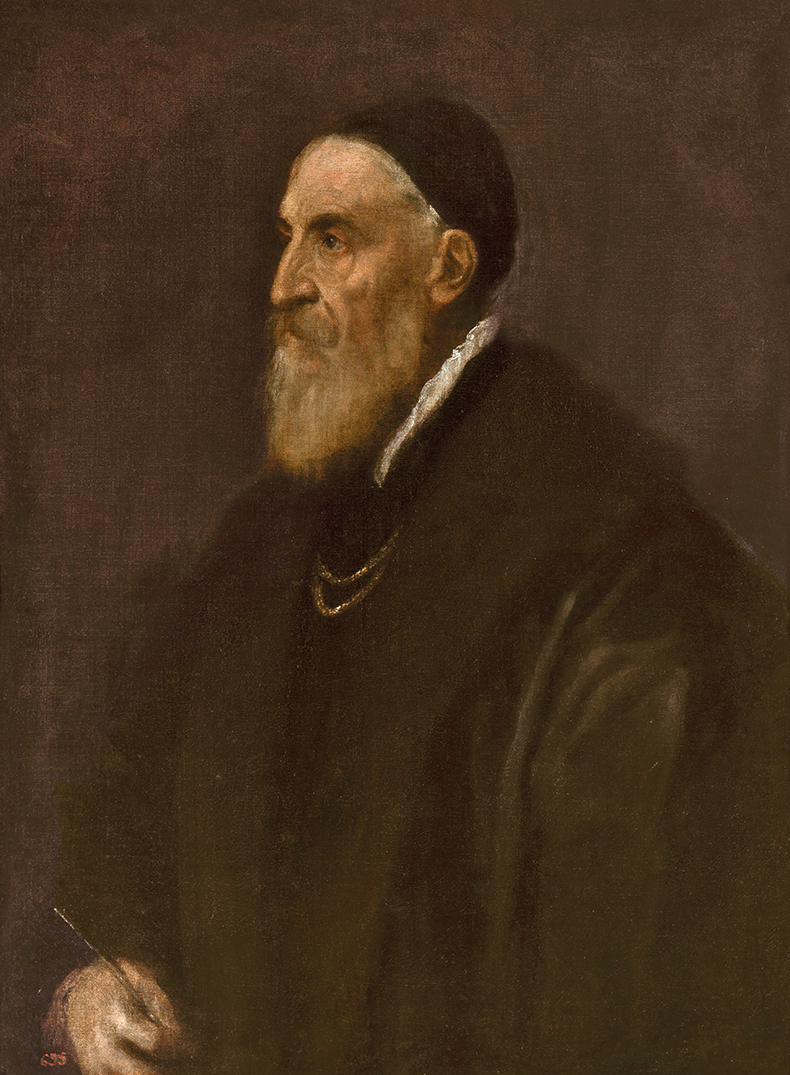
Self-Portrait (c. 1562), Titian. Museo Nacional del Prado, Madrid
Numbering more than 2,900 items published in their original language, this is an erudite scholarly resource principally for the informed scholar already knowledgeable about the cultural landscape of Renaissance Venice and Europe more widely. Hope does not provide translations, but his judicious and well-informed commentaries render the general function and meaning of the documents accessible to those without reading knowledge of Italian or the six other languages in which they are written. These commentaries provide not just a summary but a critical lens on to the reception of each document within the wider scholarly consensus.
Though this publication is the legacy of over 50 years’ work, Hope does not intend it as the final, definitive collection of Titian sources and documents. He does not treat these as authoritative texts, but rather palimpsests which require active and attentive interpretation to elucidate their multiple potential meanings. These six volumes are a gateway to encourage future research and indeed renewed attention to and appreciation of the merits of empirical, documentary-based art history. This publication asserts the legacy of an artist living 500 years ago and celebrates his artistic achievements within the culture that made them possible. At the same time, it is testament to the life’s work of a single scholar and a tribute to the generation of American and British art historians to which Hope belongs, whose dedication to such documents have brought the wealth of Italian archives into the foreground of the study of art.
Titian. Sources and Documents by Charles Hope is published by Ad Ilissum/The Burlington Press.
From the April 2023 issue of Apollo. Preview and subscribe here.
Unlimited access from just $16 every 3 months
Subscribe to get unlimited and exclusive access to the top art stories, interviews and exhibition reviews.


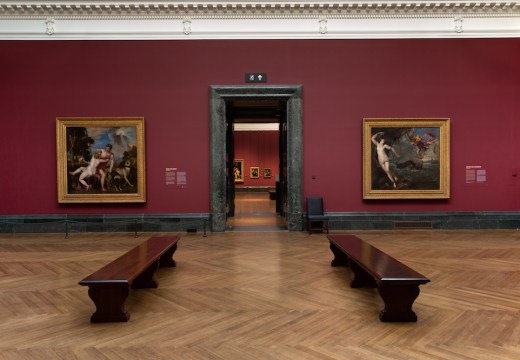
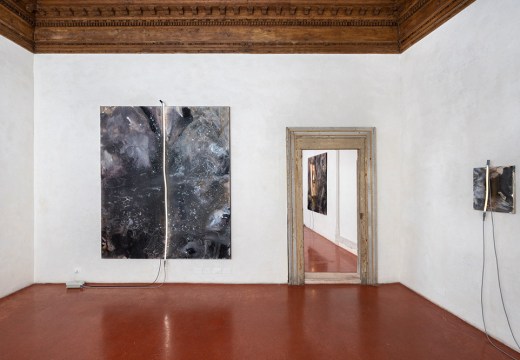
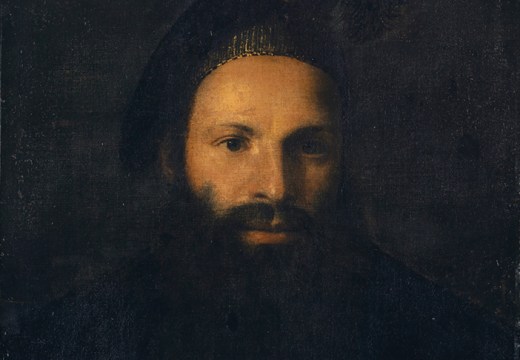









![Masterpiece [Re]discovery 2022. Photo: Ben Fisher Photography, courtesy of Masterpiece London](http://www.apollo-magazine.com/wp-content/uploads/2022/07/MPL2022_4263.jpg)
It’s time for the government of London to return to its rightful home